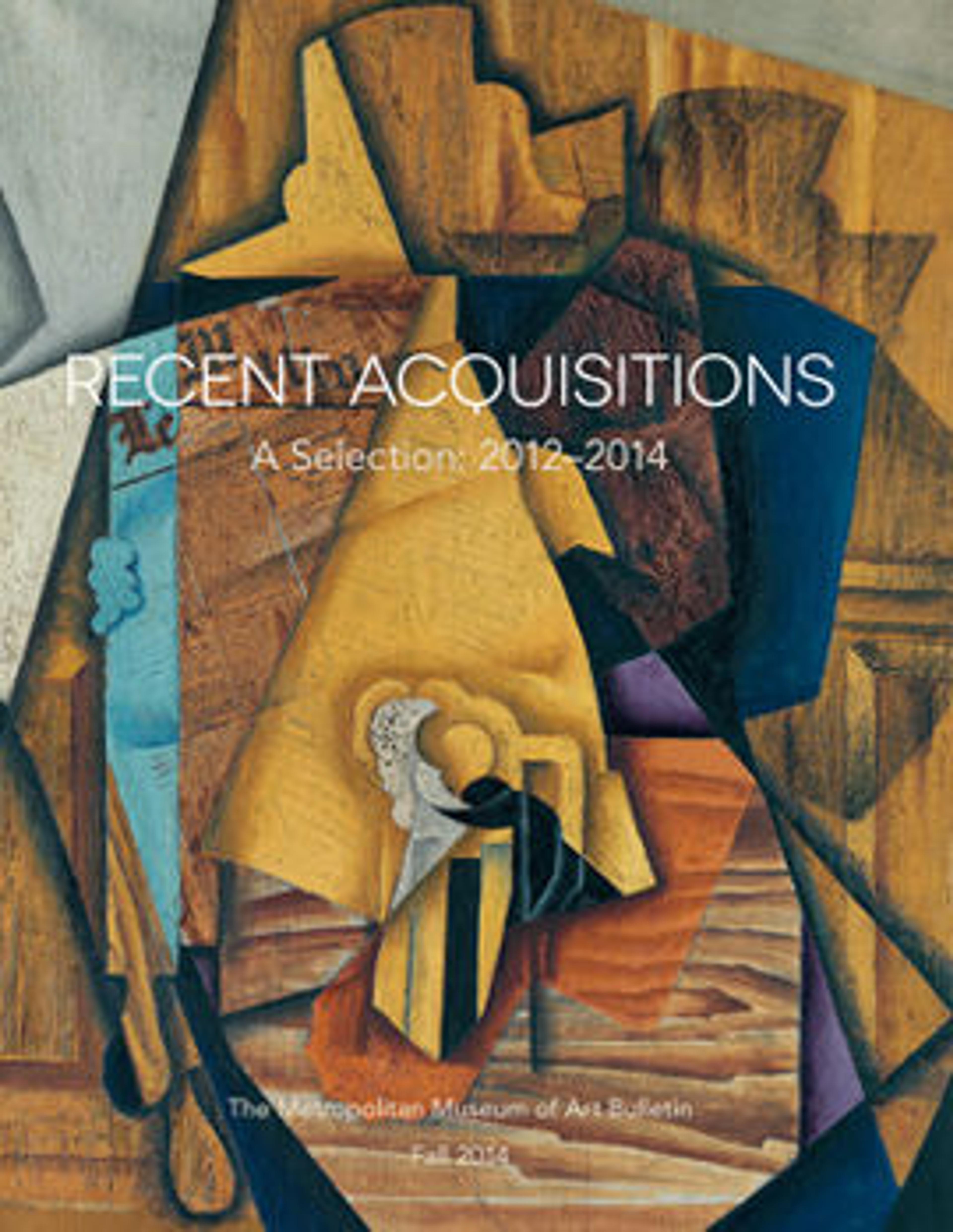Head of a lion
This imposing head is unique for its artistic quality, size, and the insights it gives the viewer into the creative process of an Egyptian sculptor’s workshop. At the time this model was made, sculptures of lions drew on the animal’s true appearance rather than the stylized interpretations that are seen in both earlier and later Egyptian art. Here the realism of the animal is found in the small, eyes overshadowed by heavy brows, fleshy facial features, and indications of loose fur and tufts of hair.
This model used in the creation of a plaster prototype that would have been copied in stone to make the waterspouts needed for a new temple. Located on a temple wall just under the roof, the image of the lion functioned as a guardian over the spout located between his paws. If that cavity was left unprotected, then negative forces could potentially enter sacred space.
This lion is cast in plaster from a clay model, now lost, and the details then added by hand. Small elements left by the casting process may be observed in the light-colored stripe documenting the removal of the seam created by the molds used in casting and the minor differences between the two halves of the face. The piece is hollow and in back, finger impressions are visible, left by the craftsmen when they added thicker plaster to support the finer material used for the features.
This model used in the creation of a plaster prototype that would have been copied in stone to make the waterspouts needed for a new temple. Located on a temple wall just under the roof, the image of the lion functioned as a guardian over the spout located between his paws. If that cavity was left unprotected, then negative forces could potentially enter sacred space.
This lion is cast in plaster from a clay model, now lost, and the details then added by hand. Small elements left by the casting process may be observed in the light-colored stripe documenting the removal of the seam created by the molds used in casting and the minor differences between the two halves of the face. The piece is hollow and in back, finger impressions are visible, left by the craftsmen when they added thicker plaster to support the finer material used for the features.
Artwork Details
- Title: Head of a lion
- Period: Late Period–Ptolemaic Period
- Date: 400–300 B.C.
- Geography: From Egypt
- Medium: Gypsum plaster
- Dimensions: H. 42.5 x W. 40 cm (16 3/4 x 15 3/4 in.)
- Credit Line: Purchase, Lila Acheson Wallace and Annette de la Renta Gifts, 2012
- Object Number: 2012.235
- Curatorial Department: Egyptian Art
More Artwork
Research Resources
The Met provides unparalleled resources for research and welcomes an international community of students and scholars. The Met's Open Access API is where creators and researchers can connect to the The Met collection. Open Access data and public domain images are available for unrestricted commercial and noncommercial use without permission or fee.
To request images under copyright and other restrictions, please use this Image Request form.
Feedback
We continue to research and examine historical and cultural context for objects in The Met collection. If you have comments or questions about this object record, please contact us using the form below. The Museum looks forward to receiving your comments.
